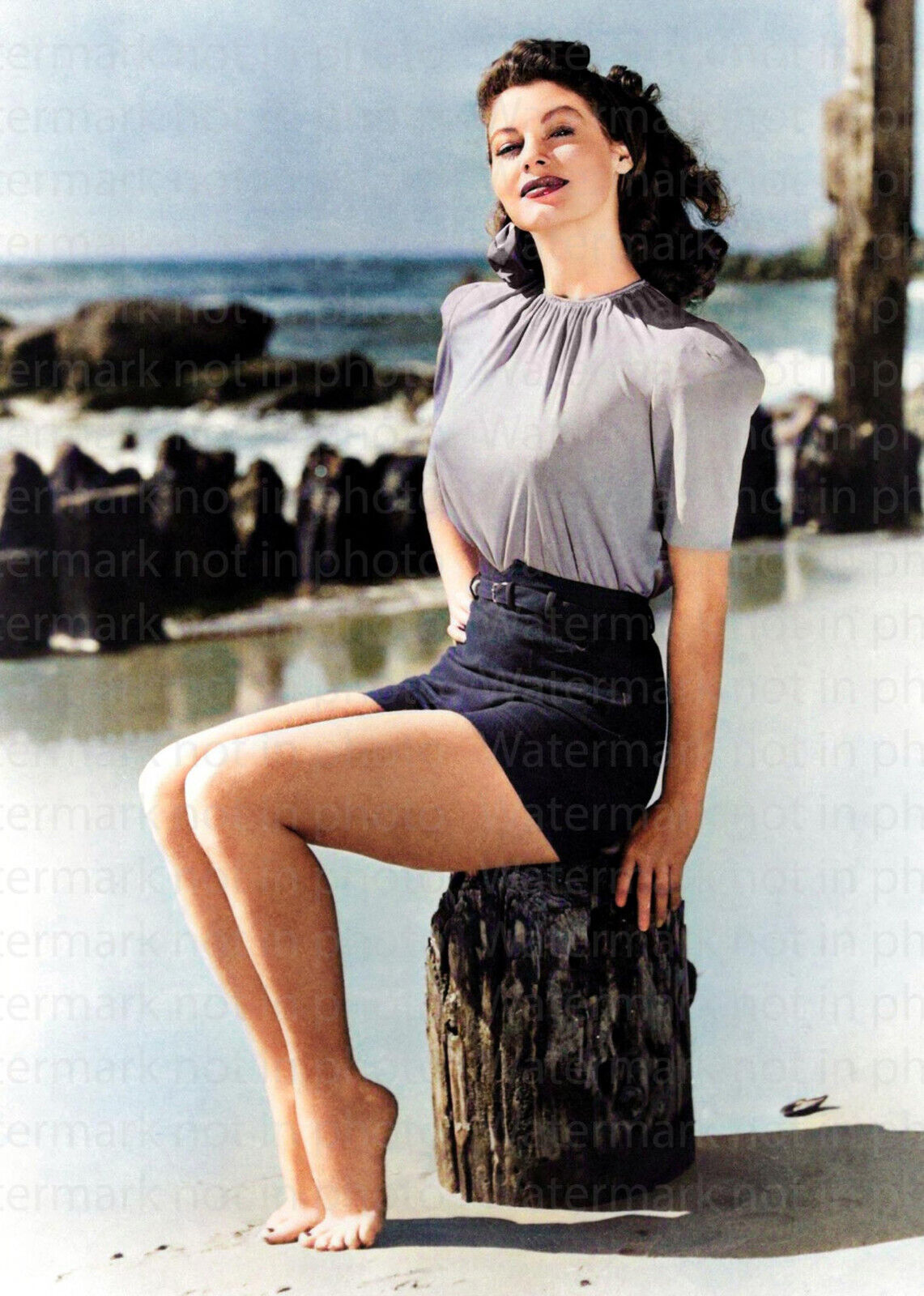Introduction: Ava Gardner, with her sultry beauty, magnetic presence, and undeniable talent, remains one of the most iconic actresses of the 20th century. Rising to fame in the 1940s and 1950s, Gardner’s allure only grew stronger in the 1960s, solidifying her reputation as the quintessential femme fatale of the era. In this extensive analysis, we will explore the captivating persona of Ava Gardner, her legendary career, and her enduring legacy as a cinematic icon of the swinging 60s.
Early Life and Career Beginnings: Born on December 24, 1922, in Grabtown, North Carolina, Ava Lavinia Gardner was the youngest of seven children born to poor cotton farmers. Blessed with natural beauty and a magnetic presence, Gardner’s talent was evident from a young age. After winning a local beauty contest, she was discovered by a talent scout and signed to a contract with Metro-Goldwyn-Mayer (MGM) in 1941.
Gardner’s early film roles were mostly minor and unremarkable, but her breakthrough came in 1946 when she starred opposite Burt Lancaster in the film noir classic “The Killers.” Gardner’s performance as the enigmatic femme fatale Kitty Collins earned her widespread acclaim and established her as one of Hollywood’s most promising new talents.
Iconic Roles and Hollywood Stardom: Throughout the 1950s and 1960s, Ava Gardner’s career flourished as she starred in a string of iconic films that showcased her versatility as an actress and her ability to embody complex and alluring characters. In films such as “Mogambo” (1953), “The Barefoot Contessa” (1954), and “The Night of the Iguana” (1964), Gardner captivated audiences with her sultry beauty, smoldering sensuality, and raw emotional intensity.
It was Gardner’s role as Maxine Faulk in “The Night of the Iguana” that would become one of the defining moments of her career. Directed by John Huston and based on the play by Tennessee Williams, the film saw Gardner deliver a powerhouse performance as a free-spirited hotel owner who becomes entangled in a web of desire and deceit. Her portrayal of Maxine earned her critical acclaim and a nomination for the Academy Award for Best Actress.
Personal Life and Glamorous Image: Off-screen, Ava Gardner’s personal life was as glamorous and tumultuous as her film roles. Known for her fiery temperament, passionate romances, and headline-grabbing affairs, Gardner lived life to the fullest and defied conventions at every turn. Her marriages to Mickey Rooney, Artie Shaw, and Frank Sinatra only added to her mystique and contributed to her status as a tabloid sensation.
Despite the ups and downs of her personal life, Gardner remained fiercely independent and unapologetically herself. Her refusal to conform to societal expectations and her unwavering authenticity only added to her allure and cemented her status as a true icon of rebellion and glamour.
Legacy and Enduring Impact: Ava Gardner’s legacy as the femme fatale of the 1960s continues to endure, inspiring generations of performers and captivating audiences with her timeless allure and undeniable talent. Her influence can be seen in the countless actresses who have sought to emulate her style, beauty, and mystique, from Marilyn Monroe to Angelina Jolie.
Moreover, Gardner’s impact on popular culture extends beyond her film roles to her larger-than-life persona and her status as a symbol of female empowerment and liberation. Her fearless embrace of her own desires and her refusal to be defined by society’s expectations made her a trailblazer and a role model for women around the world.
Conclusion: Ava Gardner’s legacy as the femme fatale of the 1960s is a testament to her unparalleled talent, beauty, and charisma. From her iconic film roles to her glamorous image and tumultuous personal life, Gardner captivated audiences with her raw emotion, magnetic presence, and timeless allure. Though she may have passed away in 1990, Ava Gardner’s legacy continues to endure, inspiring generations with her indomitable spirit and eternal allure.
